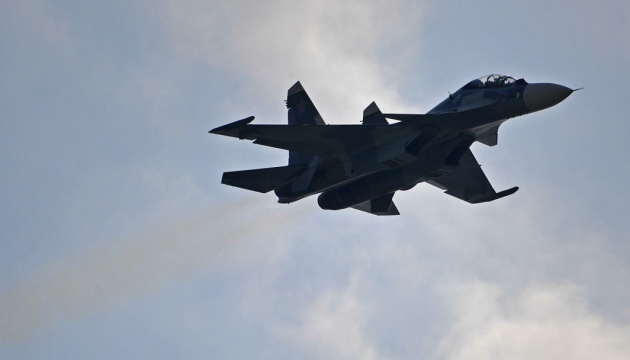Zelensky: Ukraine expands use of unmanned systems and launches eBaly system
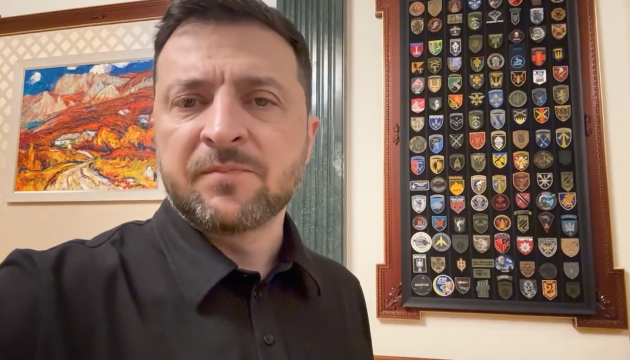




Ukraine's energy ministry reported that Russia fired more than 150 missiles and over 2,000 drones at the country's power system during October and early November.
As winter approaches, Russia has intensified attacks on Ukraine's energy infrastructure, mirroring tactics from previous years aimed at causing blackouts and disrupting daily life. The strikes focus on critical nodes in the grid, aiming to strain repair crews and threaten civilian safety.
The ministry said that Russia targeted power generation sites, transmission lines, distribution networks, and gas infrastructure.
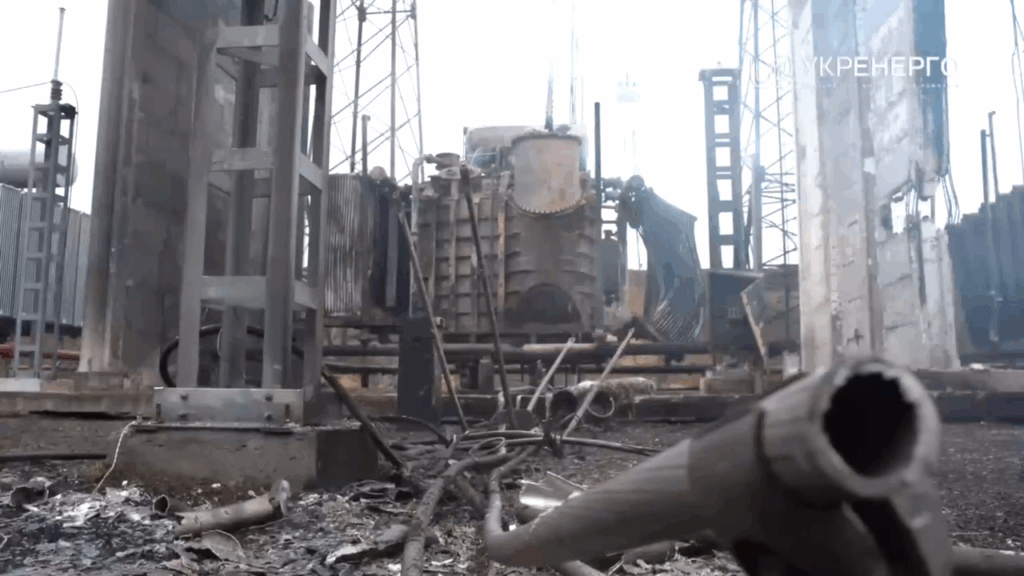
The October-November assault represents Russia's fourth consecutive winter targeting Ukraine's power system.
Among the major strikes: on 8 November, Russian forces launched over 450 drones and 45 missiles, forcing all three Centrenergo thermal plants offline and leaving Kyiv residents without electricity for up to 12 hours.
Strikes on 2 November plunged the entire Ukraine-controlled part of Donetsk Oblast into a full blackout, while other attacks have killed energy workers using double-strike tactics - hitting infrastructure sites, then attacking again as repair workers arrive.
Earlier strikes in October destroyed 60% of Ukraine's gas production capacity, forcing Ukraine to import gas at emergency winter prices and spend nearly €2 billion to maintain heating for 12 million Ukrainians.

The ministry expressed gratitude to energy workers and highlighted newly installed anti-drone shelters at key facilities and international support in limiting damage.
Yet, Ukraine continues to experience severe rolling blackouts across the country. Some regions face power cuts for up to 12 hours daily as Russian strikes outpace repair work.
Energy workers operate around the clock under dangerous conditions, racing to prevent complete grid collapse.
"Compared to the first attacks in 2022, we're now like ants: we run in, everyone takes their task," said Oleh, a master technician repairing transformer equipment, in a ministry video.

The workers' coordination has improved dramatically since 2022. But improved efficiency can't overcome the math: when Russia fires 2,000 drones and 150 missiles in six weeks, repair crews struggle to keep pace.
"It often happens: we just got home and immediately need to leave again to fix an emergency," added Ivan, head of the overhead line repair section at the facility featured in the video.
The accumulated experience from years of war allows crews to work faster, but the exhaustion is mounting, the blackouts continue, and winter has not even begun.




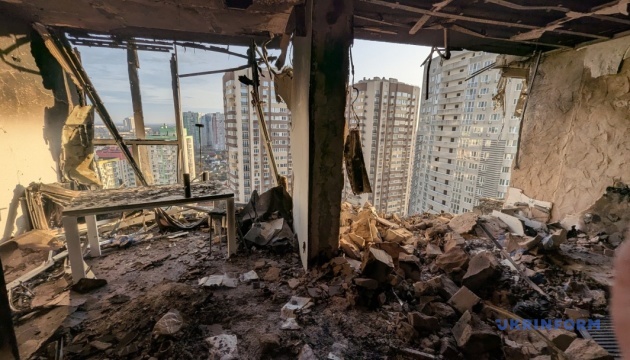

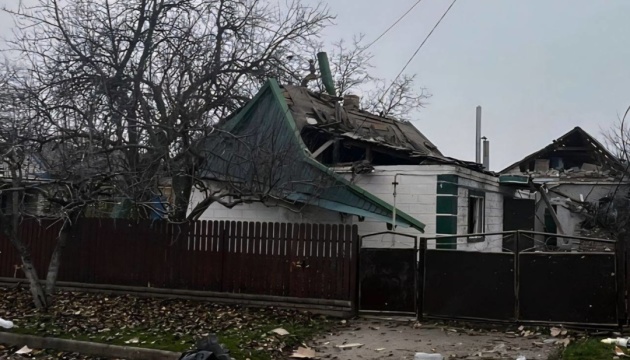









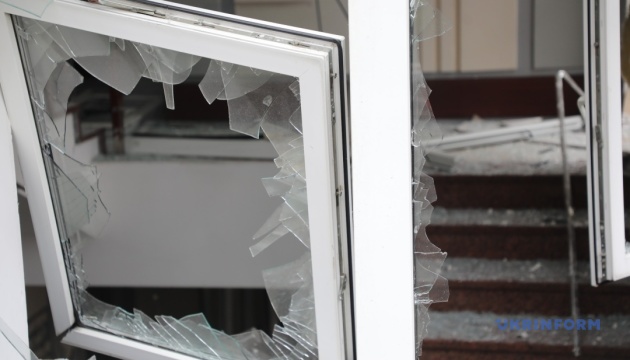



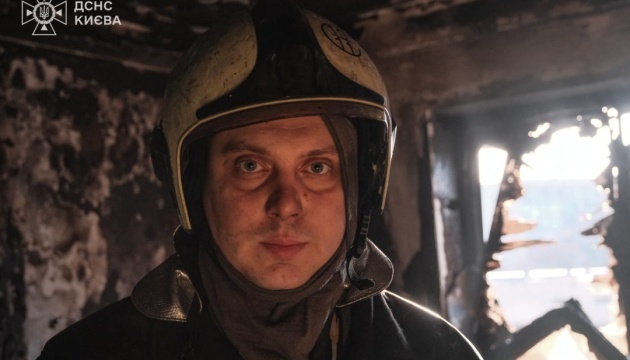



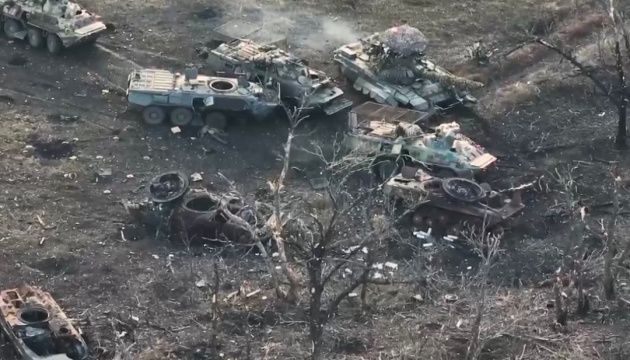





Ukrainian forces launched a large drone strike on Russian positions in occupied Donetsk on Thursday evening, according to local Telegram channels.
Donetsk in eastern Ukraine has been under Russian occupation since 2014. The city hosts major industrial sites and remains one of the main rear areas supporting Russian forces in the east.
Residents reported the sound of dozens of drones around 8pm, followed by intense Russian anti-aircraft fire across several districts.
Videos show gun and machine-gun fire directed at low-flying targets, which Ukrainian defense portal Militarnyi says suggests earlier strikes may have disabled some Russian missile and radar systems.
Donetsk-based sources report a drone attack on the occupied city.
— Euromaidan Press (@EuromaidanPress) November 13, 2025
Footage from the scene includes the sound of drone engines, Russian anti-aircraft fire, an apparent strike, and what may be a fire at the Donetsk Metallurgical Plant. The full outcome of the attack remains… pic.twitter.com/94CksVPsDt
Footage from the scene captures the sound of drone engines, bursts of anti-aircraft fire, and at least one blast. A major fire was later visible at the Donetsk Metallurgical Plant, with several thick columns of smoke rising from the area.
Parts of the city lost power during the attack, pointing to possible damage to energy infrastructure. Witnesses said the drones arrived in waves and circled over the city for an extended period.
Militarnyi reports, based on the released clips, that the strike appears to have involved FP-2 kamikaze drones produced in Ukraine.




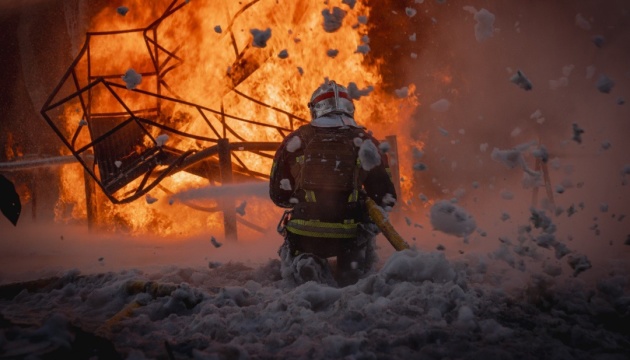

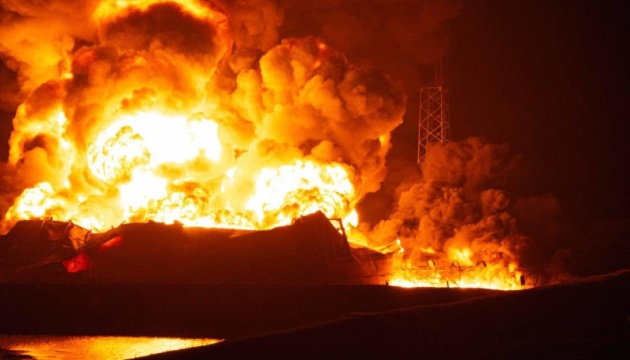



Russia launched a large-scale overnight missile and drone attack on Ukraine on 14 November, killing at least five civilians in Kyiv and two in Chornomorsk, and injuring about 50 people across multiple regions, according to Ukrainian local and national authorities. Residential buildings, civilian infrastructure, and utility networks were damaged in Kyiv city, as well as in Kyiv Oblast, and several other regions including Odesa, Sumy, Kharkiv, and Kirovohrad.
Ukraine's Air Force says Kyiv was the primary target, with Kyiv Oblast, Kharkiv Oblast, Odesa Oblast, Poltava Oblast, and Cherkasy Oblast also affected.
Update: According to Kyiv Mayor Klitschko’s latest update at 19:44, the Russian nighttime attack killed six Kyiv residents and injured 36 people, with six of them in hospitals and five in serious condition.
Russian drones and missiles struck nine districts of Kyiv during the overnight assault, according to reports from Kyiv Mayor Vitali Klitschko and the Kyiv City Military Administration (KMVA).
All five fatalities occurred in Desnianskyi district, where rescue operations continued throughout the morning. Among the 35 wounded were a 10-year-old child and a 7-year-old with facial injuries, and a pregnant woman who required hospitalization. One man remained in critical condition as of the morning.
who required hospitalization. One man remained in critical condition as of the morning.
The attack damaged dozens of residential buildings across Kyiv's Dniprovskyi, Darnytskyi, Desnianskyi, Podilskyi, Shevchenkivskyi, Solomyanskyi, Holosiivskyi, Sviatoshynskyi, and Obolonsky districts. In Dniprovskyi district, debris hit a five-story building, causing destruction on lower floors and fires in two apartments. Rescue workers evacuated nine people from that building. The district saw three multi-apartment buildings and one private residence damaged, with five people wounded.
A Russian strike on 14 October destroyed 10-year-old Viacheslav’s building in Kyiv.
— Euromaidan Press (@EuromaidanPress) November 14, 2025
“Our neighbors died & we couldn’t find our cat,” he says.
A nighttime drone blast blew out windows & set the upper floors on fire. Death toll rises to 6.
Photo: UNICEF Ukraine pic.twitter.com/6t1lx5IhoS
Podilskyi district suffered damage to five residential buildings and one non-residential structure, with fires reported on the 10th and 12th floors of different buildings. In Obolonskyi district, fires broke out on the seventh and ninth floors of one residential building. Desnianskyi district saw direct hits and fires in two multi-story buildings, where rescue teams worked through the morning clearing rubble.
A Kyiv woman from Dniprovskyi district described her experience to Suspilne:
"I heard nothing, I started putting out my hair. My hair caught fire, and then I saw that everything was dark, in smoke."
Russia damaged sections of Kyiv's heating networks during the attack, according to Klitschko. Parts of Desnianskyi district lost heating due to an emergency situation on heat transmission lines. Portions of Podilskyi district also experienced heating disruptions. Municipal services worked to determine the extent of damage and began immediate repairs.
Klitschko warned residents of possible electricity and water supply interruptions. Energy workers later reported they had eliminated localized emergency outages caused by the attack.
Last night, Russia launched 19 missiles and 430 drones. Most targeted Kyiv, where they killed at least 4, and injured 30, the authorities say.
— Euromaidan Press (@EuromaidanPress) November 14, 2025
Air defenders downed 14 missiles and 405 drones, Ukraine's Air Force says. 13 site were struck by "missiles and 23 strike drones",… pic.twitter.com/KO0Z3wX9kW
Debris from an Iskander missile damaged Azerbaijan's embassy in Kyiv, Ukrainian President Volodymyr Zelenskyy reported.
Roughly 80 drones have encircled Kyiv and are closing in
— Euromaidan Press (@EuromaidanPress) November 14, 2025
Power has gone out in districts following earlier ballistic and cruise missile attacksinsider tg pic.twitter.com/20VE19iRtG
Kyiv Oblast authorities reported no fatalities, but seven people were injured. Regional administration head Mykola Kalashnyk mentioned six injuries, while Irpin Mayor Oleksandr Markushyn reported that the Russian attack also injured a woman in his city.
Damage to dozens of residential and non-residential buildings was reported, but no fires were recorded in the oblast outside Kyiv city.
Russian forces struck the outskirts of Sumy at 7:05 a.m., with Zelenskyy stating that Russia used a Zircon-type missile according to preliminary data. The explosion damaged road pavement, ruptured a fire hydrant causing water leaks, and temporarily closed a road section. Artem Kobzar, acting mayor of Sumy, reported no casualties from the strike.
Russian forces also struck Sumy's industrial zone with drones around 9:00 a.m., causing a fire at a production facility. Sumy Oblast head Oleh Hryhorov noted that Russia attacked the industrial zone with drones for the second consecutive day.
Russian forces attacked a local market in Chornomorsk, Odesa Oblast, with strike drones, killing two people and wounding seven others. Some of the wounded remained in serious condition, according to Odesa Oblast head Oleh Kiper.
The strike damaged the city square, shop facades, and private vehicles. The blast wave shattered windows in a nearby college. Rescue workers and all relevant services worked at the scene.
Vice Prime Minister Oleksii Kuleba reported heating and water supply disruptions in Kyiv city and oblast, Kharkiv, Odesa, Sumy, Dnipropetrovsk, Kirovohrad, and Donetsk oblasts. Repair crews deployed and activated reserve systems where needed.
Ukrainian Air Force said air defenders shot down or suppressed 419 aerial targets out of 449 detected. Russia reportedly started the attack from 6:00 p.m. on 13 November using strike drones and missiles from air, ground, and sea platforms.
Moscow fired 430 Shahed and Gerbera long-range strike drones and 19 missiles from several location in Russia and occupied Crimea. Among the missiles used were three Kinzhal air-launched ballistic missiles from Ryazan Oblast, one Zircon anti-ship missile, six Iskander-K and Kalibr cruise missiles from occupied Crimea and the Black Sea, and nine Iskander-M and KN-23 ballistic missiles from Bryansk Oblast.
Ukraine’s Air Force stated that Russian forces launched 449 aerial threats: 430 strike UAVs and 19 missiles (ballistic and cruise).
Out of these, 419 were intercepted or suppressed:
The Air Force recorded missile and drone hits at 13 locations and debris falls at 44 locations.
President Zelenskyy emphasized the deliberate nature of the Russian attack in his morning statement.
"A deliberately calculated attack to cause as much harm as possible to people and civilian infrastructure," he wrote.
The President emphasized that Russia continues to benefit financially from oil exports by circumventing existing sanctions. He called for these evasion schemes to be effectively shut down, and urged allied nations, particularly in Europe and the United States, to provide Ukraine with additional air defense systems and interceptor missiles.
"A lot of work is being done with partners to strengthen air defense, but not enough. Strengthening with additional systems and interceptor missiles is needed. Europe and the USA can help. We count on real decisions," he added.
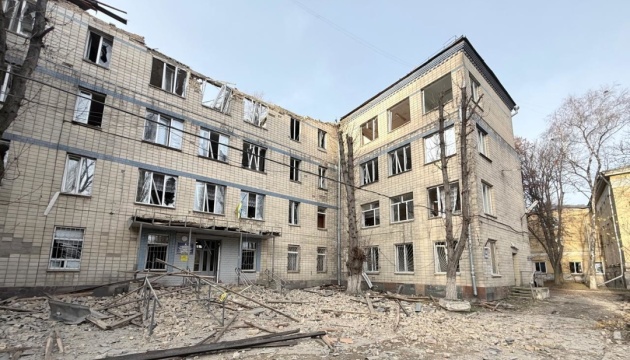

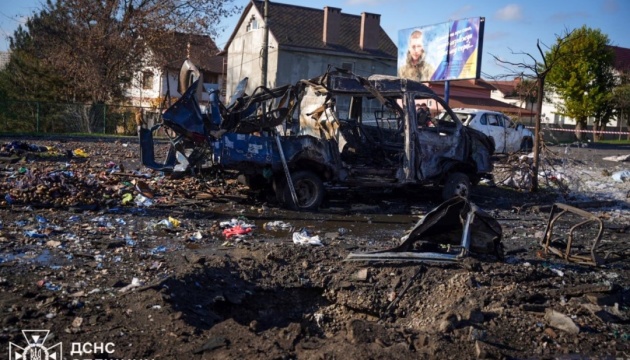



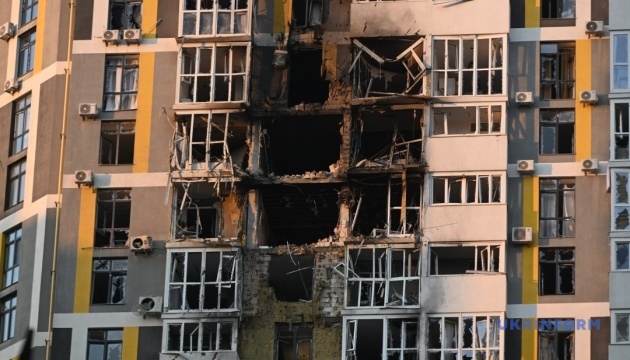

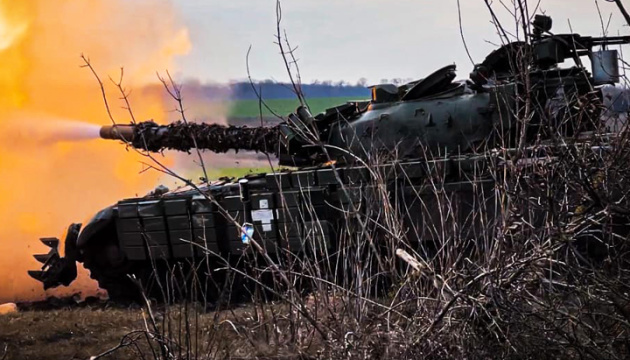



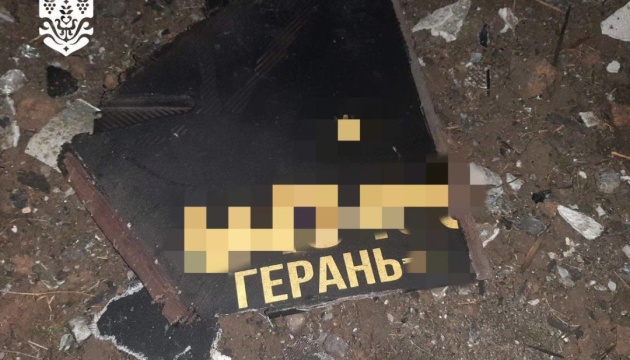



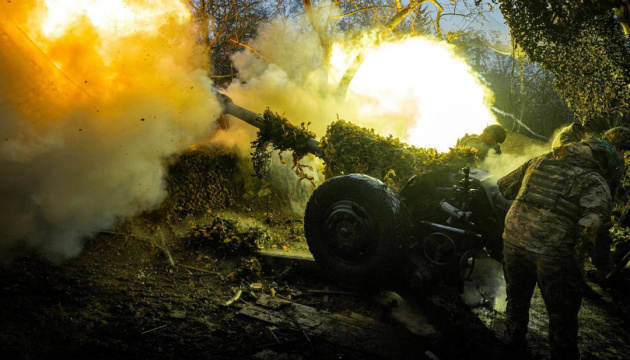



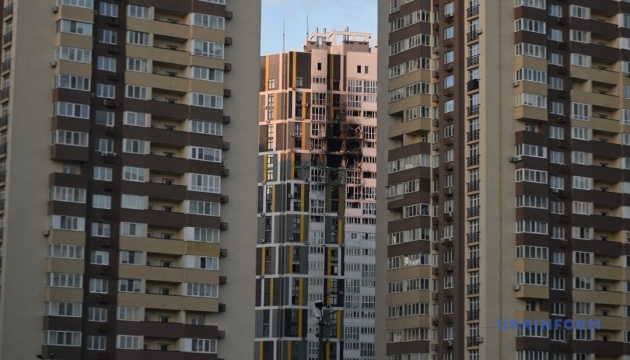



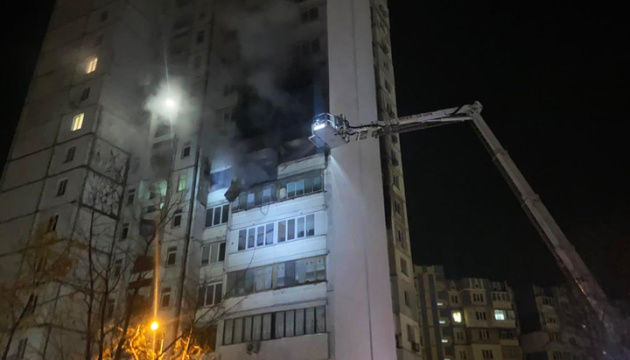

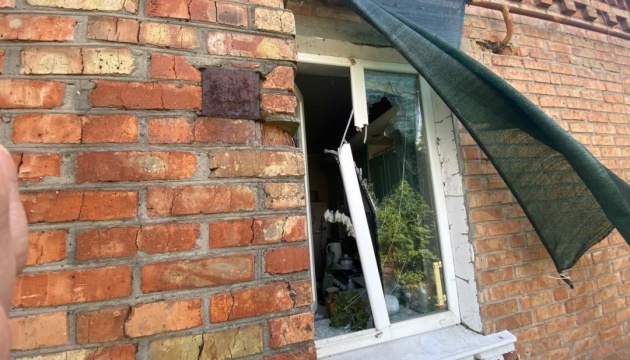

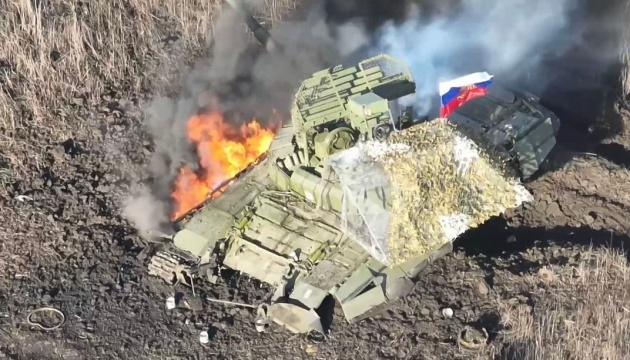





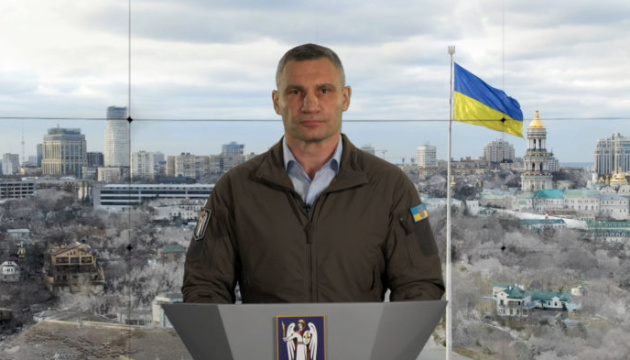



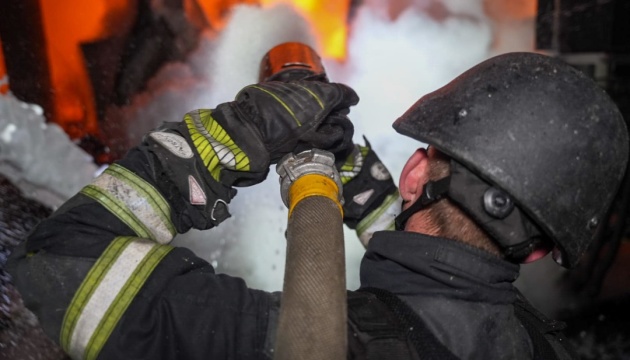







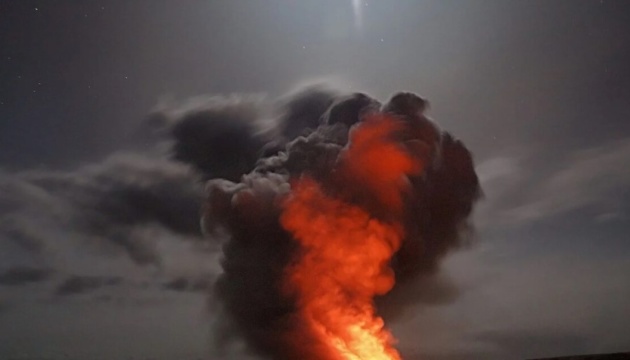

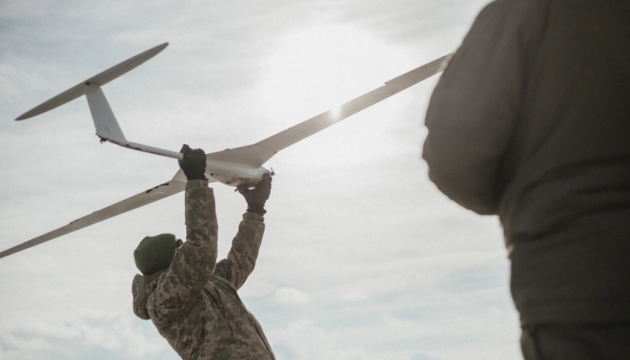



A Russian shadow laboratory for new military tactics is rapidly advancing, according to Kyiv military sources. The most elite drone center, Rubicon (also spelled Rubikon), is now focused on eliminating Ukrainian operators and operates in hot spots along the front, the Financial Times reported.
Ukrainian soldiers say the defense of Pokrovsk was “like a holiday” for Ukrainian forces before Rubikon entered this sector of the front.
Armed, aggressive Russia is experimenting with new methods of warfare. Without support from the Armed Forces of Ukraine in the form of air defence, electronic warfare, and intelligence, Russian offensives become more dangerous.
“Be humble, be silent, mask your position, and don’t move when it’s not necessary. Best to sit in your trench and watch Instagram," jokes Ukrainian operator Dmytro.
According to experts, Rubikon has roughly 5,000 fighters and large financial resources. Its task is to disrupt Ukrainian logistics, destroy drone command teams, and train other Russian units.
“They have a lot of people, and that means they can work 24 hours a day, seven days a week. They can change teams every five hours, they can sleep. It’s more difficult for us because we don’t have many people to rotate all the time, and we still need to sleep," said another Ukrainian soldier.
Meanwhile, Rob Lee of the Philadelphia-based Foreign Policy Research Institute notes that Rubikon has become a center of Russian army innovation, developing new tactics and technologies.
"It’s more than a unit; it is a centre — a centre for all kinds of unmanned systems development," he says.
Now Kyiv must counter the highly organized Rubikon strategy by developing its own clear, centralized battle plan, he added.
In response, the Ukrainian forces are creating their own “anti‑drone” groups, changing tactics, better camouflaging positions, and restricting movement.
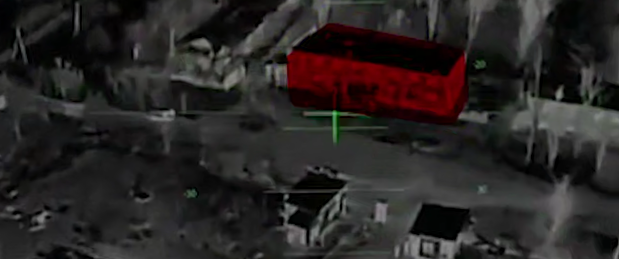
Earlier, LIGA.net reported that Russian military intelligence and Russian Defense Minister Andrei Belousov stand behind the Rubikon center, according to a Ukrainian Defense Intelligence officer with the callsign "Azimut".

The officer added that Rubikon shows “strong political will and a large role” of Russian special services directly in organizing this structure.
The intelligence officer also noted that elitism indeed exists within Rubikon. For example, recruiters for this unit have the right to take personnel from any units.
“They simply arrive — and have full access to pilots from other combined-arms units," said the officer.
Therefore, he noted, due to political will, this formation has “maximum opportunities for its development and maximum access to financing and technologies.”

Earlier, the Ukrainian Defense Intelligence reported that its soldiers had discovered the Rubikon base in Avdiivka, Donetsk Oblast. The city fell under Russian control in 2014.
Using precise coordinates of Russia's position, Ukrainian intelligence operators directed its new FP-2 unmanned aerial vehicle, equipped with a 105-kilogram warhead, toward the Russian target amid dense urban terrain.
As a result of the strike, Ukrainian Intelligence eliminated Russian officers and drone operators from the unit who were inside their headquarters.
